No Chill, Just PhD; A Brutally Honest Application Journey

My journey of getting into a PhD program and advice for how you should go about it
- Into the research-verse
- Maple dreams
- Leap of faith
- Cold hard truths
- Submission Time
- Suit up
- Plan B
- (Im)possible
It was around 11 pm as I stared at my laptop anxiously at the TOEFL checkout page. I was waiting while my mom found a card that worked for international transactions. I felt like a bowler at the top of his run-up who had visualized all possible futures but was still nervous about it. After all, if everything went to plan, it would mean leaving all my friends and family behind and venturing into a new country. It would mean eating cuppa noodles and earning peanuts for the next four to five years while my friends made fat stacks. It was a considerable risk, but “if you keep holding onto yesterday, what will you be tomorrow?”
Getting admission to a Ph.D. program at CMU is not impossible. One of my batchmates got in. But it’s really, really hard. While most of you bested JEE to enter IIIT-H, the competition for CMU is international. Your competition consists of a rich, white American student with perfect referees, recommendations, and resources. A French student with multiple collaborative projects. A student from a premier Chinese university with multiple A* conference publications. While you are an enthusiastic Indian student with one decent publication and one killer recommendation. Is that enough to take on the world, find a perfect advisor and get into one of the most competitive programs in the world?? Let me help you understand through my journey, which is not CMU but its German counterpart, MPI-INF, Saarbrucken.
Into the research-verse
My journey started when I joined IIIT Hyderabad in 2017 in the B.Tech+MS program. All I knew was the PCM taught in the coaching centers and had no clue what research entailed or even meant. All my batchmates were engrossed in competitive programming for the first two years or solving issues in open source projects. While I enjoyed the latter, I didn’t get selected for GSoC twice, which broke my spirit. At the same time, I was introduced to machine learning by one of my seniors. Although he made it sound fascinating, I was pretty disappointed as it looked closer to statistics instead of computer science.
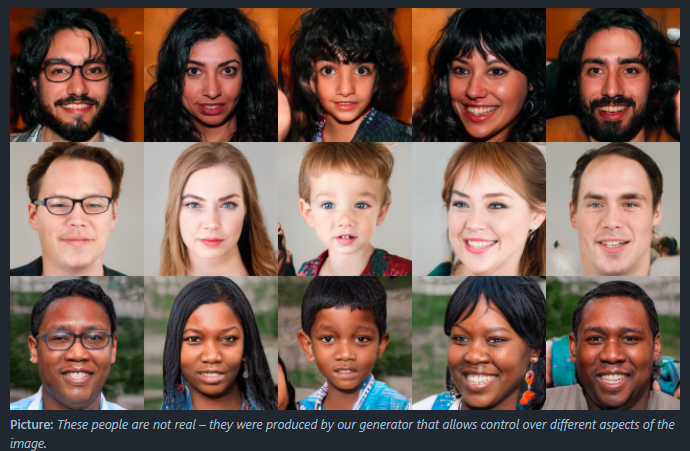
At the end of my second year, I interned with DreamVU and joined CVIT under Prof. P.J Narayanan. At this time, I spent a lot of time exploring deep learning and computer vision and came across this link. This was the moment when I fell in love with computer vision. Generating photorealistic faces from a bunch of random numbers felt too good to be true, but here I was refreshing the website and seeing faces generated at my whim. Mind you, this was 2019. The quality wasn’t as good as it is today, but even then, it was unbelievable.
Unfortunately, everything wasn’t exactly rosy for me. For starters, the group worked on the intersection of vision and graphics, a field that was just taking baby steps. The work was fascinating, but the learning curve was way too steep. Reading one paper took 2-3 days since I had to first understand the jargon and previous works to understand what was going on. It took me an entire semester to catch up with it. It was exhausting and soul-crushing, but the promise of amazing results kept me going. I worked with another senior who held my hand and helped me understand how to read papers and set up projects. 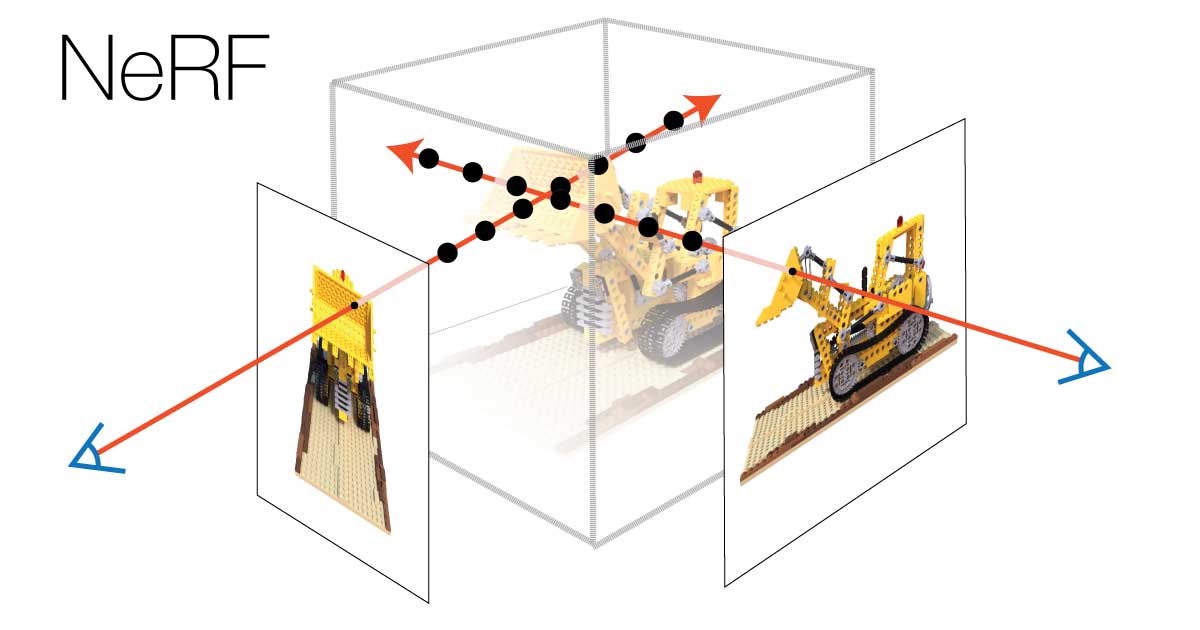
However, I had no projects at the end of my third year. My “single-degree” friends had fancy internships, whereas the rest of my “dual-degree” friends either had ongoing projects or were preparing for internships. It was a low point for me. I had to make a decision and commit to it. At this time, another paper dropped, which reignited my passion for the field. I sat down with my advisor and decided on a project. Life seemed set again, and I made research my number one priority.
Except for a couple of months later, it all came crashing down as the project went out of our scope. But I was more determined than ever. I spent hours reading papers and listening to webinars on these topics. Luckily, my senior came up with an exciting idea, and we followed it up.
Maple dreams
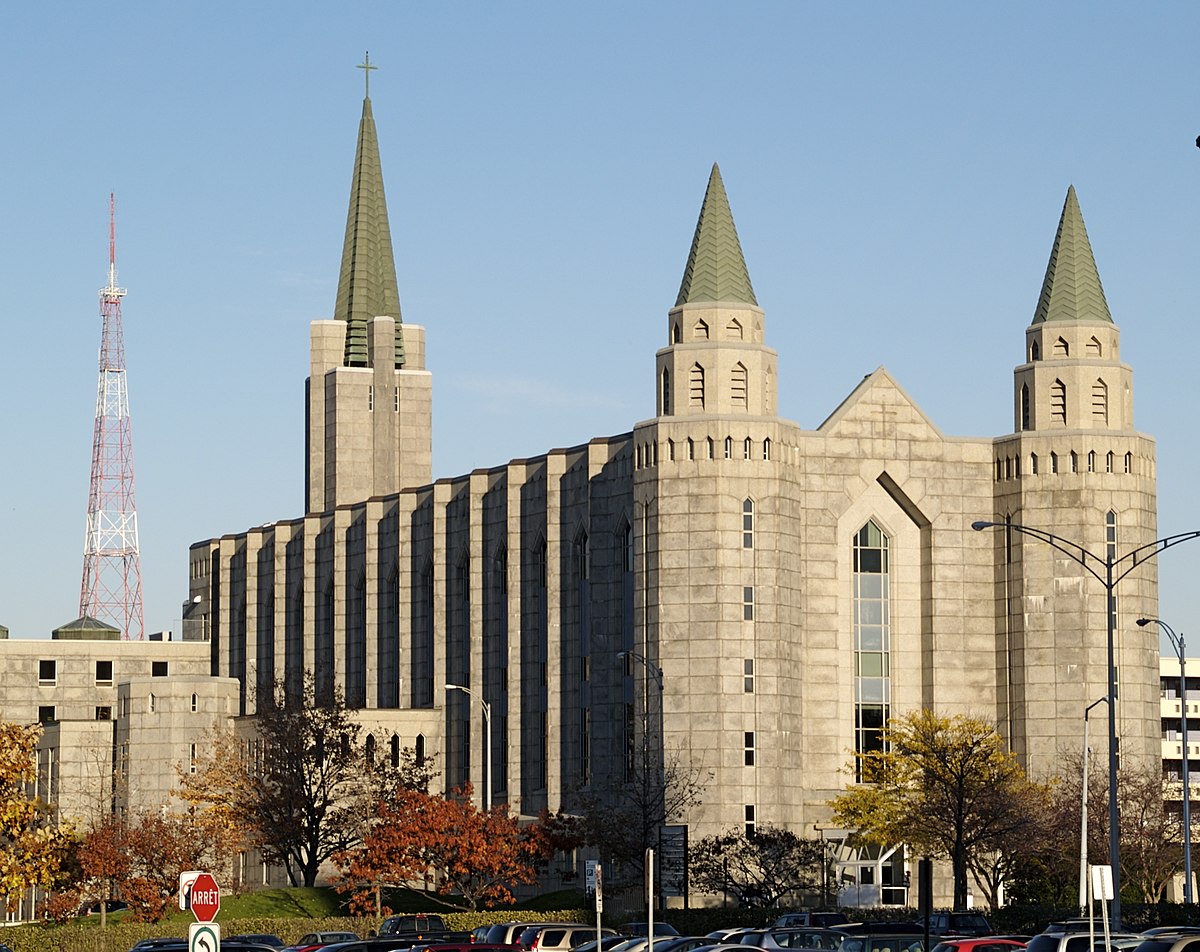
In the meantime, instead of applying for industry internships, I applied to the MITACS program, a funded research internship program for Canadian universities. My objective was to explore research as, at this point, I decided to work as a Research Engineer or Scientist. I was interviewed by Prof. Jean-François Lalonde, who also worked in the same domain. My interview went reasonably well, and keeping my SOP aligned to his interests worked in my favor. I got my result in December, and after a long, long time, I finally got a win. I began to believe again.
With a month to go before the deadline for the conference, I went back to college and synced up with my senior. Amidst the covid restrictions and coursework, we worked days and nights and converted one working example into an ICCV submission. It was one of the most challenging times in my college life and also the most fruitful one since I learned the nuances of writing a paper firsthand. A couple of months later, my remote internship started, and finally, my life felt back on track.
Results came back from the conference in the middle of my fourth-year summer, and our paper had been rejected. I wasn’t too disappointed, but another paper had also scooped us. We decided to iron out some issues and submit them to the next conference before our paper became irrelevant. We tweaked the paper and were surprised that the paper that scooped us was performing worse on our setting. Although the updated paper got accepted at ICVGIP, my advisor wasn’t happy with my efforts, and it was a wake-up call for me to push my limits.
On the other hand, my internship went well. I enjoyed working with Prof Jean and realized that research is approached differently in other places. For them, a publication is merely a checkpoint toward solving a more significant problem. It was an interesting way to look at things and intrigued me. At the end of the internship, he offered me a chance to continue working on the problem and include it in my thesis. I discussed this with my advisor, and he agreed to collaborate.
Leap of faith
This was when I had my moment of truth. Ultimately placement season was coming up, and it was clashing with the dates of Ph.D. deadlines. I had a long discussion with my advisors and many seniors about this, and I had to choose. It was a tough decision because I didn’t feel ready to start a Ph.D. myself and wasn’t even sure if I would get one. I realized that only working in industry research groups would add any significant value, and it was worth a shot applying in this cycle. At the end of the day, I had to get three killer LoRs and solid research projects on my SOP, and working as an SDE won’t change my situation. And then, I took the first step, sat out of my college placements, and started preparing for TOEFL. I was scared and anxious because I was betting a lot on the back of very little. But Miles Morales gave me enough motivation to take a leap of faith. 
Last week of September 2021. I gave TOEFL, which was surprisingly straightforward, and the speaking section was the only tricky section. While I hadn’t realized it, I had already committed a huge mistake. Most people had approached professors at different universities from August onwards. Some had preliminary interviews, which had a huge say in their final results. On the other hand, I had just made a shortlist of 3 universities where I would apply, namely UMD, CMU, and Cornell. Thanks to lengthy discussions with my seniors, who made me realize that I would need to at least apply to ten universities in the US and make a priority list depending on which universities were safe, moderate, or ambitious.
Cold hard truths
Logistics
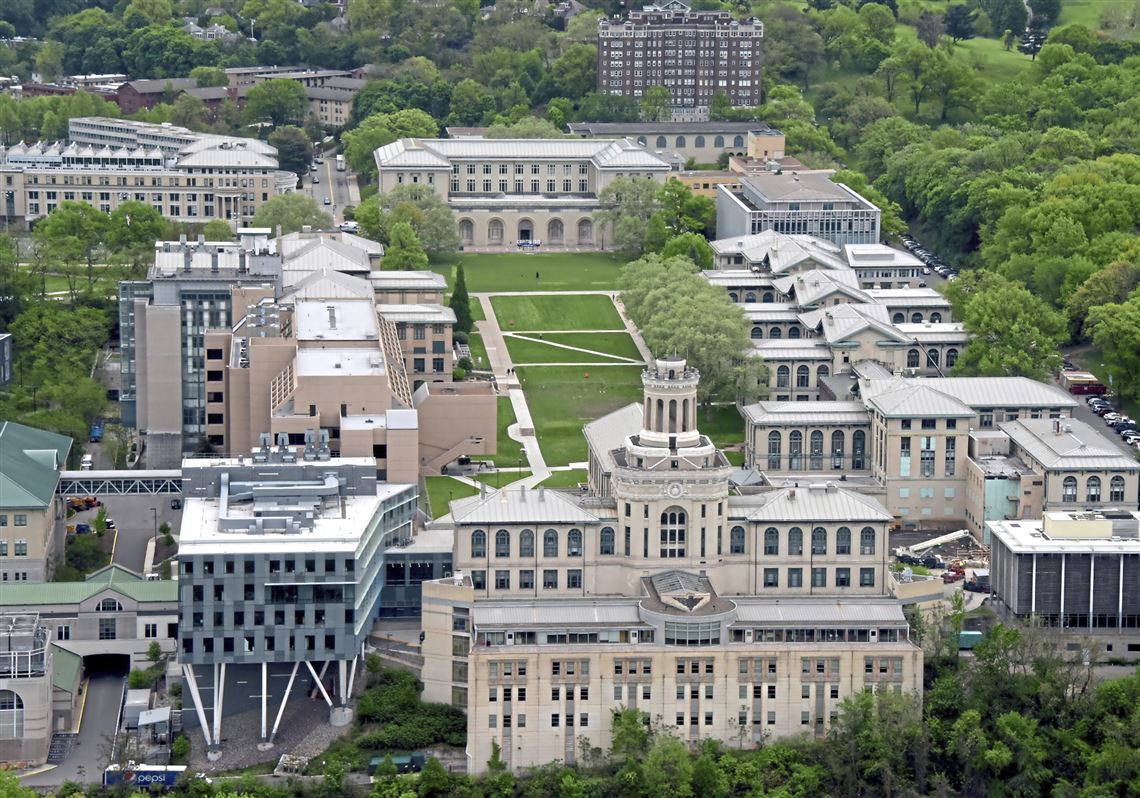
I found that in American and some Canadian Universities, you apply to the department, not the professor. An admission committee reviews your application, and if you are applying for a Ph.D., they may send your material to the professor mentioned. But ultimately, it’s the university’s decision if they want to admit you or not. Hence it becomes crucial that your GPAs and TOEFL/GRE scores clear the bar and that you have recommendations, preferably from people who are in some way associated with that university. In addition, a Ph.D. program is five years long, where you have to take courses for the first two years, and you may get a different advisor than you intended.
Further, you only get funded for nine months, and for three months, you must find some internships to feed yourself. Teaching Assistantships are extremely important since they help you with extra cash and are considered vital contributions to the university. Hence it is essential to have some experience with it beforehand. Application fees are pretty high and cost around 100 dollars per application.
In contrast, Ph.D. programs typically last three to four years in Europe. The project proposals are decided beforehand, and many of them are funded by the industry hence there is less academic freedom compared to the US. Further, you apply to the professor here and not to the university. The professor directly conducts all interviews and usually guides you on funding and contract. In Germany and France, it is typically funded by the government. In the UK, the funding is typically given by the industry. In the UK, one is also expected to pay a substantial fee per semester, which isn’t the case elsewhere. 
Furthermore, TAship is not as crucial for the selection and is a means of extra money. Also, you are funded all year round and only start internships in your pre-final year. In addition, there are programs like IMPRS and ELLIS which hire students. IMPRS is an MPI-Germany initiative where you are assigned two advisors from different groups. ELLIS, on the other hand, is a pan-Europe program where you are assigned two advisors from two different countries. They are very competitive programs, and you have multiple rounds of interviews before getting selected. In 2022, around 1300 students applied, and only 60 got selected.
Personally, it didn’t matter much which continent I went to, as the labs I was targeting were doing excellent work. Finding a supportive advisor and group instead of a branded university was far more important. However, it is essential to consider pay, cost of living, and lifestyle since one would not be earning much. It is much easier to survive in Bath than London on the same pay, for instance. This was also the reason I was hesitant to apply to China and South Korea since the language and cultural barriers would be a bridge too big to cross.
Letter of Recommendation
Another thing I realized was that “Letter of Recommendation” determines your admission chances. Three letters are required in US/Canada, and for most European countries, two are enough. These letters are mailed directly by the professors. The letters must come across as genuine since it is straightforward to smoke out the fake ones. Here is an excellent guide on what your letter should be like while applying.
Further, these letters must come from well-established and active professors. Connections matter a lot. Anybody would more likely select a student recommended by someone they know. I can’t emphasize enough how big a role the LoRs play. Inform your professor in advance (ideally two months before the deadline) since they might get requests from multiple students, and each student might apply to ten different programs. Another thing to note is that some professors might only give you letters for two-three programs.
Statement of Purpose

Finally, the “Statement of Purpose” is where you sell yourself. This is where you need to convince the admission committee and the professors that you have what it takes, and they should bet on you. Ph.D. is a paid position, and they invest a lot of time and resources in you. This document should outline how you alone are capable of meeting their expectations. Ph.D. is becoming an expert in a super-specific topic, and it’s imperative that your SoP reflects that. Your SoP is not a biography. It needs to be the story of your topic. In a nutshell, these are the questions your SoP should tackle
- What is the area of study?
- Who are you? What makes you qualified to tackle this subject?
- What exactly is the problem? What can be done about it?
- Why do you want to work with this professor?
- How can you contribute to the school?
Don’t start with how it has been your childhood dream to do a Ph.D. and how Iron Man inspired you. Professors are looking for people with a vision and not a backstory. Show them that you have that vision. Hype yourself up and prove to them that despite your average publication record, you deserve a chance to work with the top research groups in the world. Here are some links to writing SoPs guides; you can check mine out here. I had to rewrite my SoP at least three times and get it checked by many helpful seniors. There are programs by some universities like Cornell, Washington, Toronto, etc., that are willing to review your SoP. There is a mentorship program by SIGGRAPH which I found very helpful and useful. I was linked with a senior from Stanford who helped me shape my SoP. In my experience, there is no better resource other than your your seniors for help. And the best part is they are more excited about your wins than you are.I asked 5-6 seniors for helping me shape my documents and prepare for the interviews.
The more specific your SoP is, the more genuine it looks. In addition, some universities like Michigan ask for a personal statement. It is a short document that outlines your story. The focus is on your skills and habits; you can mention your hardships and difficulties here.
Submission Time
At the start of December, I had all my documents ready. I had applied to ELLIS already and was preparing to finish the US/Canada universities applications. However, amongst all the chaos, I got confused about Cornell’s admission deadline and missed out on my dream school. I was devastated but then ensured that the remaining applications were correctly filled. Each time I had to submit TOEFL scores, I had to pay 20 dollars extra. By 17th December, I had filled all the forms and was waiting for my advisor to submit his letters. Professors usually get extra time to submit the letters. I waited for the Christmas break to end and then cold-emailed professors in Europe with my documents. By the first week of January, I had applied to 10 universities in North America and emailed 16 different European professors.
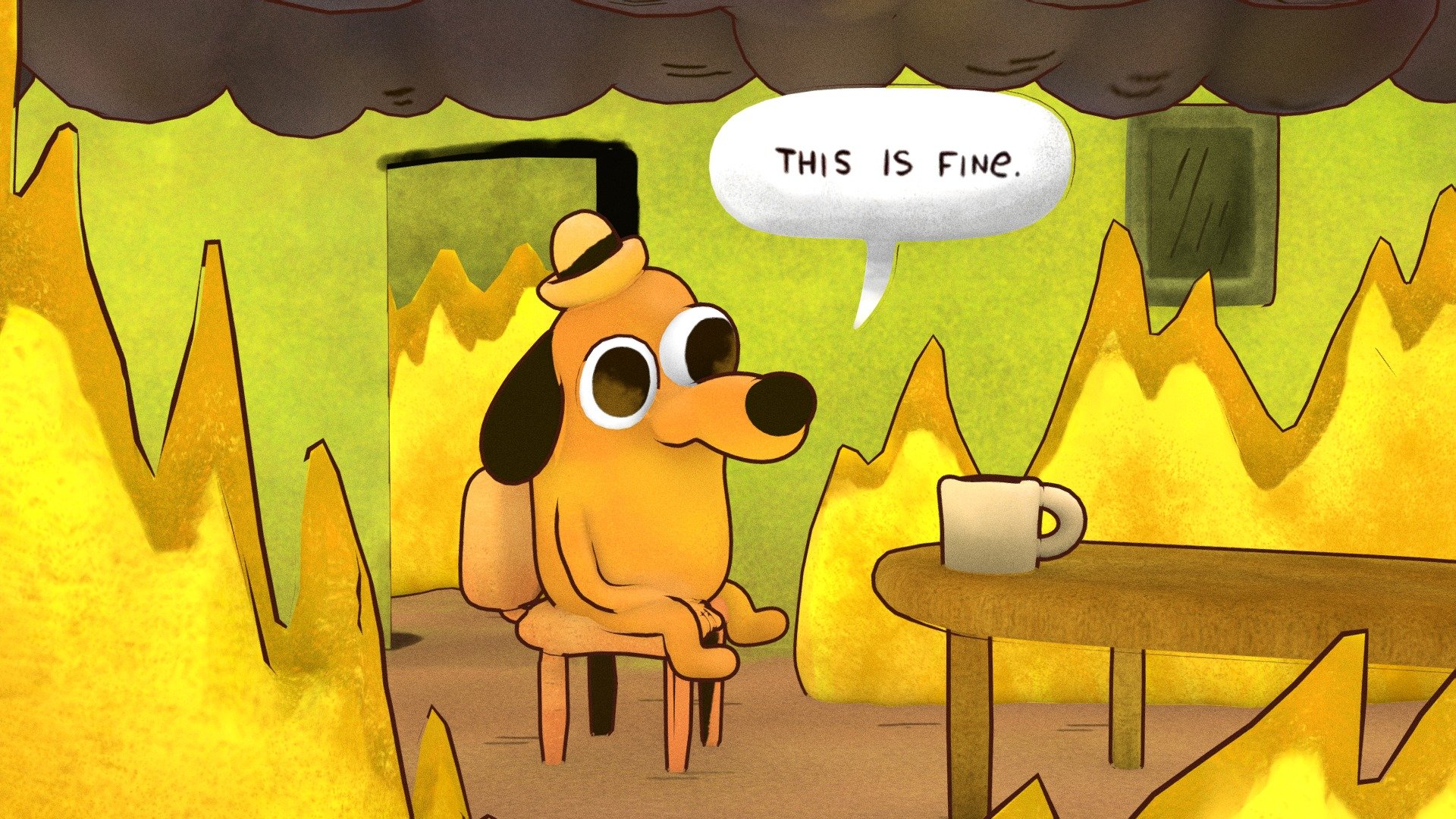
Reading your SoP an infinite number of times gives you a sense of achievement, but I was also a nervous wreck. The next three months were the most stressful months of my college life. GradCafe posted regular updates of which places were giving out admits, and I was anxiously waiting. Every day without an update felt like a knife to the back. I got rejected by ELLIS in their screening round. It was very disappointing since my application didn’t even reach the professors. A few days later, I started getting replies from some European Professors. Some weren’t willing to take me, some had already filled the position, some asked me to apply later in May, and some thankfully asked me to schedule an interview. Inspired by this success, I emailed all the American/Canadian professors I applied to, hoping they might take a second look at my application.
Suit up
I had my first Ph.D. interview in mid-January. I applied to the Visual Computing and AI group at MPI-INF. It consisted of 5 professors tackling the same more significant problem from different angles. Since I was comfortable with all of them, I emailed all of them separately. My first interview was taken by Prof Vladislav Golyanik and Prof Christian Theobalt. I was asked to make a presentation and present my past work. Luckily, both were happy with my work, and my research interests matched theirs. I was very nervous, but all questions were asked about my work, and then we discussed the logistics of my Ph.D. there. I had more interviews lined up, and at this point, I felt invincible and at the top of the world.
Soon, my world came crashing down. I was rejected from Washington and CMU robotics programs. Both these programs had an insanely high number of applicants. Washington accepted 60 students from a pool of 2400 applications, while CMU took 35 from 786 applications for their robotics program. Toronto had similar statistics as well. Since I didn’t get any interview calls from North America, I realized that it was highly unlikely that I had any chance there. It was a low point for me, and I started making backup plans.
After a couple of weeks of excruciating wait, I got the offer. All the hard work of the last five years culminated at that moment. My job was not done as I had to submit my second paper and thesis, but this was my biggest achievement to date. The next few months were brutal. I didn’t receive any more interview calls and got rejected from everywhere. It made me realize that I am nowhere close to where I am supposed to be and that I had a long, long way to go.
Plan B
In the meantime, I had been looking for pre-doc positions, preferably in computer vision as a plan B. Very few companies worked on it in India, like TCS, Adobe, Verisk, and Mercedes. I got accepted at TCS and was fascinated by the projects they did in 3D vision. They also paid well. I got rejected from Adobe and Microsoft, while I turned down Google and Verisk after I got my offer. Further, I was planning on emailing and finding funded RA positions across the globe. Many seniors had done the same and got into remarkable places.
(Im)possible
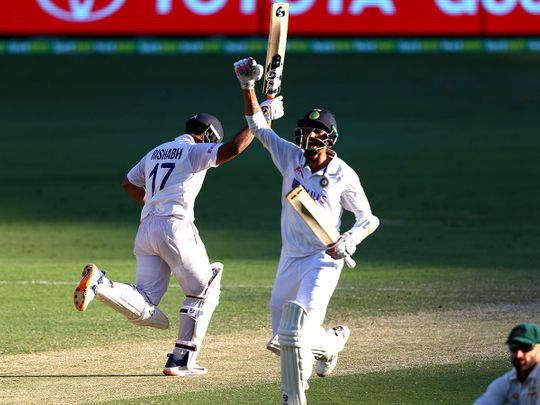
So coming back to the question, “Can you get into a Phd program at a top university?”. In my experience, with my credentials, it’s a definite no. But with a couple more publications, who knows? Getting into a Ph.D. programme is extremely challenging and depends on many factors. However, the most important factor will be the match between your and theirs research interests. They are betting 3-5 years on you and hence you need to show proof that you deserve it. Its hard, really really hard. But it all comes down to whether you are passionate enough to risk it all. You will get a chance to write an award-winning paper. Like most things in life, it boils down to persistence and determination. So go for it. Don’t think you aren’t good enough. Don’t think you cant do it. Nobody won a test match at Gabba for 35 years, yet a young Indian team dared to dream and beat a dominant Australia at home. You cracked JEE, you thrived at IIIT-H, you are more than good enough to do research at any lab you want.
